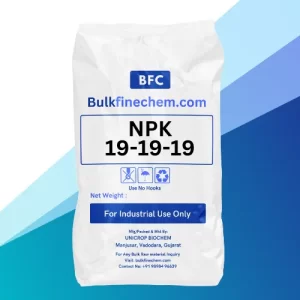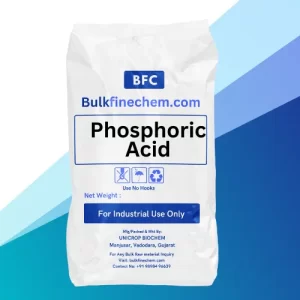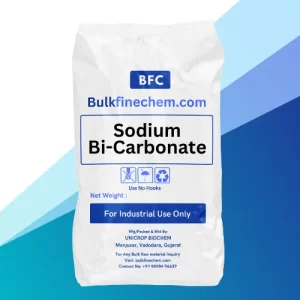Citric Acid
Citric acid is an organic compound with the chemical formula HOC(CO2H)(CH2CO2H)2. It is a colorless weak organic acid. It occurs naturally in citrus fruits. In biochemistry, it is an intermediate in the citric acid cycle, which occurs in the metabolism of all aerobic organisms.
Application of Citric Acid
Citric acid is one of many metab/olites produced by Aspergillus species. It possesses sweet-and-sour sensory notes, and succinic acid has a salty—bitter taste. With the change in soil and climatic condition. A mixture of it and ascorbic acid is used as a dip for oily fish to prevent surface tissue from becoming brownish and gummy, a condition known as rusting. Production by fermentation resulted in drastic lowering and stabilization of the price of this acid.
Mechanism of Action
- It is mechanism of action as an acid involves the release of hydrogen ions (H+) when it dissolves in water.
- It is an effective chelating agent, which means it can bind to metal ions, forming stable complexes.
- In the context of food, it can chelate metal ions that catalyze undesirable reactions, such as the browning of fruits and vegetables through oxidation.
Benefits of Citric Acid
- It sweet-and-sour taste profile enhances the flavor of foods and beverages. It adds a tart or tangy note to many products, making them more appealing to consumers.
- It serves as an acidulant in foods and beverages, regulating pH levels to maintain freshness, improve taste, and stabilize color.





